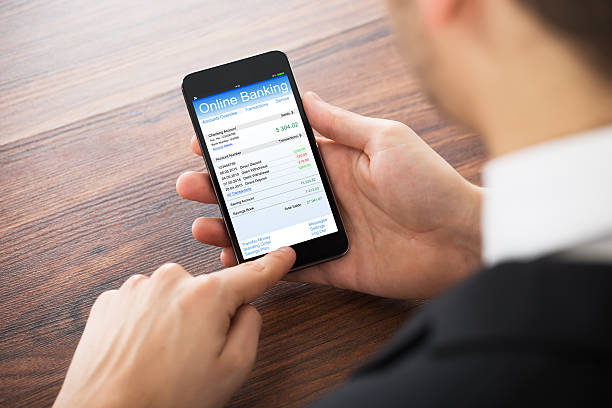There are various types of bank transfers, each designed for specific purposes. Here are the most common ones:
1. Domestic Bank Transfer
A domestic bank transfer involves moving money from one bank account to another within the same country. These transfers are typically processed quickly and are subject to the banking regulations and fees of the specific country.
2. International Bank Transfer
When you need to send money to someone in another country, you'll use an international bank transfer. These transfers may take a bit longer due to the involvement of multiple banks and international clearing systems. International transfers often come with higher fees, and exchange rates may apply.
3. Online Bank Transfer
Online bank transfers are conducted through digital platforms, such as online banking websites or mobile banking apps. They allow you to initiate transfers from the comfort of your home, making them convenient and accessible.
4. Wire Transfer
A wire transfer is a fast and secure method of sending money electronically. It is often used for large transactions and is favored for its speed and reliability. Wire transfers can be domestic or international.
5. Peer-to-Peer (P2P) Transfer
P2P transfers involve sending money directly from one individual's bank account to another's. Apps and services like Venmo, PayPal, and Cash App have made P2P transfers increasingly popular for everyday transactions among friends and family.
How to Make a Bank Transfer
Making a bank transfer is a straightforward process, but it may vary slightly depending on your bank and the type of transfer you're performing. Here's a general overview of the steps involved:
Access Your Bank Account: Log in to your online banking account or visit your bank's branch if you prefer in-person transactions.
Select Transfer Option: Choose the option to initiate a transfer. This may be labeled as 'Transfer Money,' 'Send Money,' or something similar.
Enter Recipient's Information: Provide the recipient's name, bank account number, and routing information. For international transfers, you may need to include additional details, such as the recipient's bank's SWIFT/BIC code and the currency of the transfer.
Specify Amount: Enter the amount of money you want to transfer.
Review and Confirm: Double-check all the information you've entered to ensure accuracy. Confirm the transaction.
Verify Fees and Processing Time: Be aware of any fees associated with the transfer and the estimated processing time. International transfers may take a few days, so plan accordingly.
Authorize the Transfer: Finally, authorize the transfer by following the prompts on your banking platform. You may need to use a secure authentication method, such as a one-time code sent to your mobile device.
Save Confirmation: Keep a copy of the transfer confirmation for your records. This will serve as proof of the transaction.
Conclusion
Bank transfers are a vital part of modern financial transactions, offering a secure and efficient way to move money between accounts, whether they are within the same country or across borders. Understanding the different types of bank transfers and how to make them empowers individuals and businesses to manage their finances effectively in an interconnected world. The convenience of online banking and digital payment services has made bank transfers more accessible than ever, making it easier for everyone to take control of their financial affairs.
Frequently asked questions (FAQs) for bank transfers




